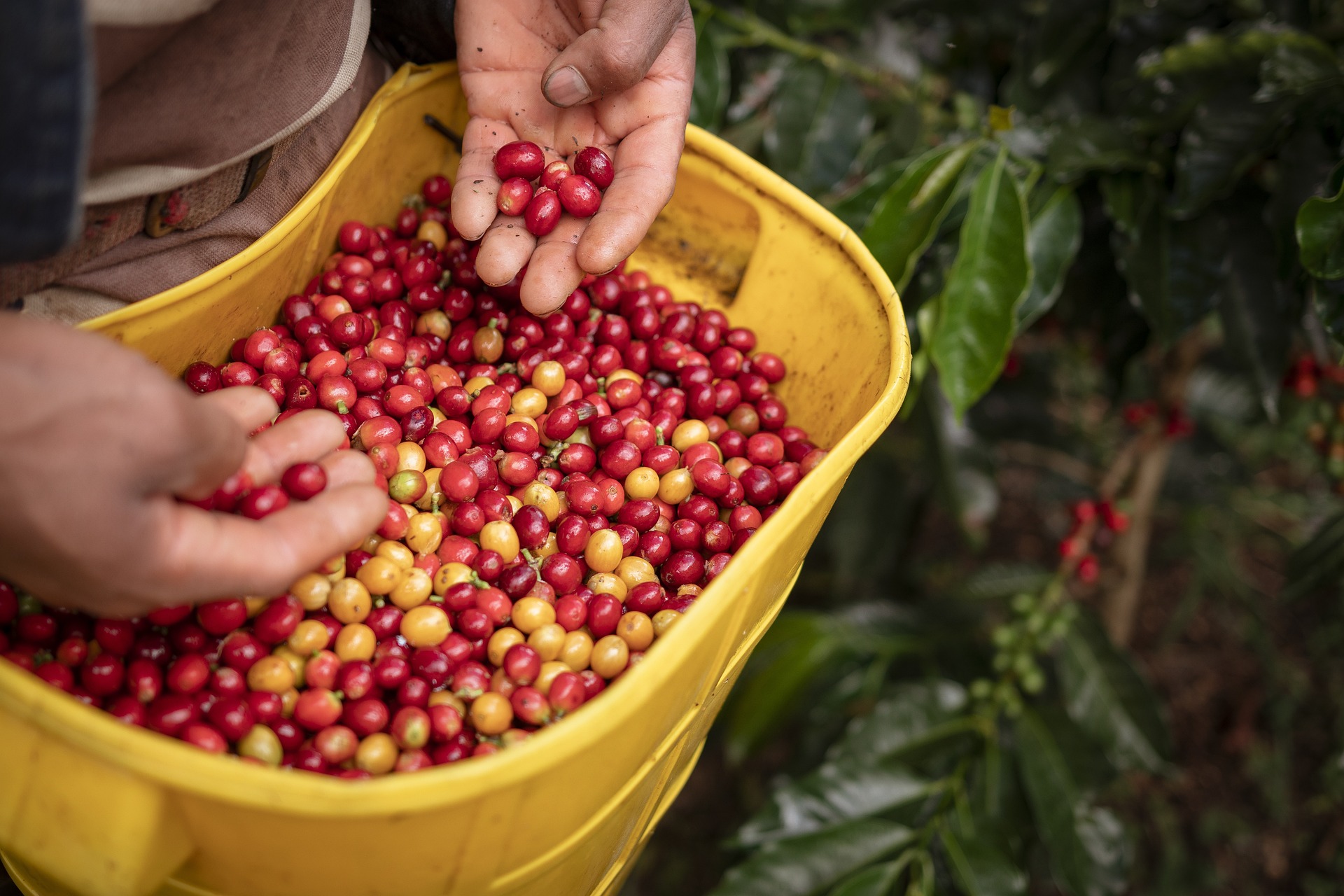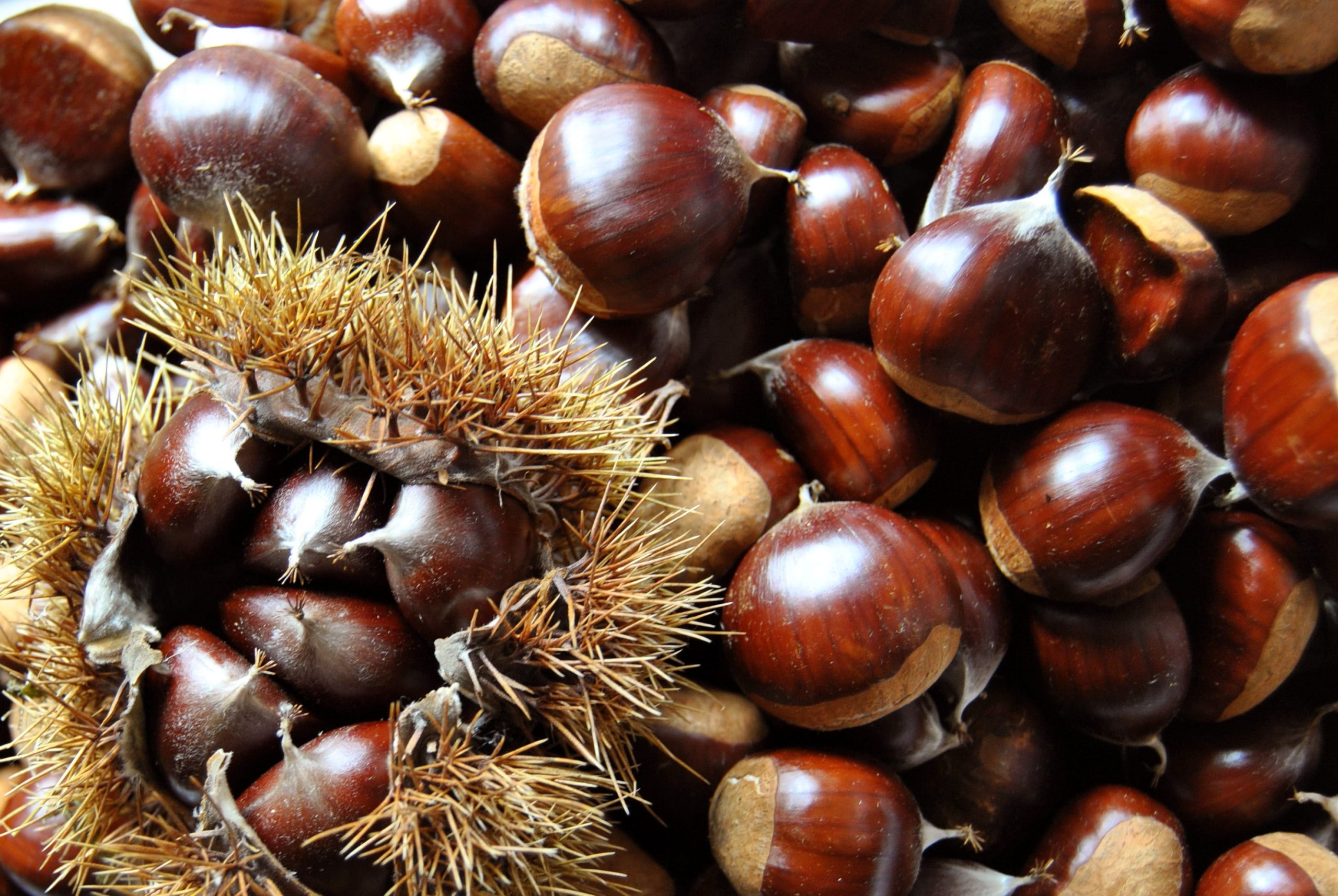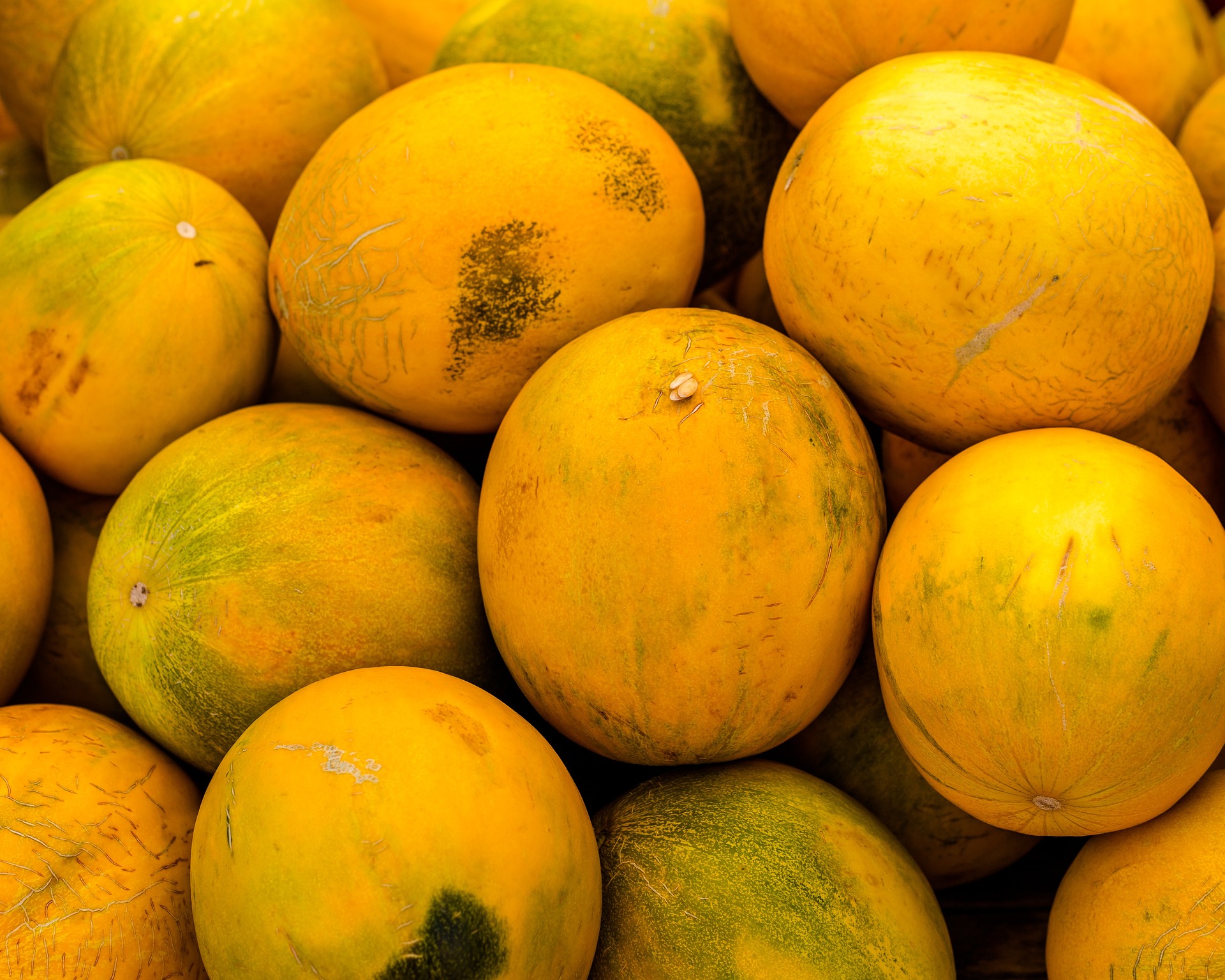From Fields to Markets: The Watermelon Story Worldwide

Step into the vibrant, refreshing universe of watermelons. Watermelon seeds have a rich historical and cultural significance, being valued for their nutritional benefits and various uses such as roasting and oil production. European colonists played a significant role in introducing watermelons to the New World. The development of the modern watermelon, through selective breeding, has led to varieties that are sweeter, easier to open, and often seedless, marking a significant evolution from their ancestors. This beloved fruit, with its lush, crimson flesh and thirst-quenching sweetness, has become synonymous with summer, picnics, and sun-soaked gatherings. Watermelons are more than just a seasonal delight; they are a cultural staple and a global commodity.
The Global Popularity of Seedless Watermelons: A Brief Overview

Watermelons are celebrated worldwide, and enjoyed in a myriad of forms, from fresh slices to juices blended with other fruit juices, salads, and even pickled rinds. Their versatility and hydrating properties make them a favorite in many countries, transcending cultural boundaries and uniting people through their universal appeal.
The Origin and History of Modern Watermelon
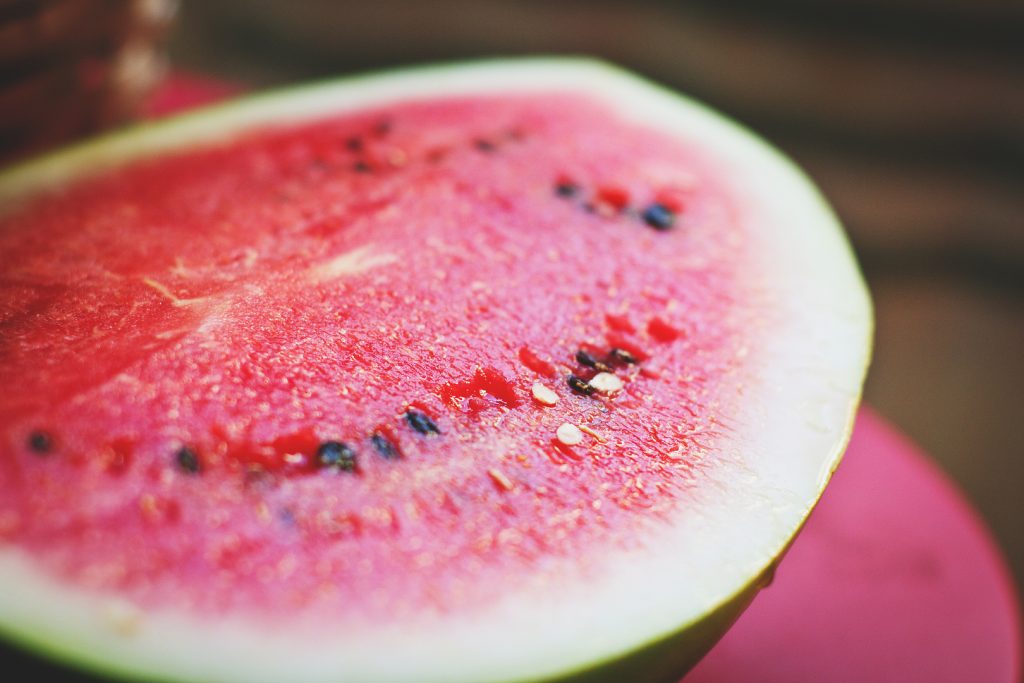
Tracing the Roots: The Ancient Beginnings of Watermelons
The story of watermelons begins in the arid deserts of Africa, where they are believed to have originated over 5,000 years ago. Early cultivators prized the fruit not only for its sweet taste but also for its ability to provide hydration in harsh, arid climates, valuing both the edible seeds and flesh. Archaeological evidence suggests that watermelons were a staple in the diet of ancient Egyptians, often depicted in their hieroglyphics and placed in tombs as sustenance for the afterlife.
Watermelons with Sweet Yellow Flesh in Ancient Cultures: From Africa to Asia
As trade routes expanded, so did the reach of the watermelon. By the 7th century, it had spread to India and China, where it quickly became an integral part of local diets. The cultivation of early ripening varieties of watermelons became popular in new regions, highlighting their adaptability and the development of varieties suited to different climates. In China, the watermelon’s popularity soared, leading to the development of new varieties. The fruit eventually made its way to Europe via Moorish Spain in the 10th century, where it continued to gain favor.
The Spread Across Continents: How Watermelons Conquered the World
Watermelons crossed the Atlantic Ocean with European explorers and European colonists and African slaves, finding fertile ground in the Americas. They thrived in the warm climates of the Southern United States and Caribbean islands, becoming a staple of summer feasts and celebrations. Today, watermelons are grown in over 100 countries, each adding their unique twist to this timeless fruit.
Varieties of Watermelons
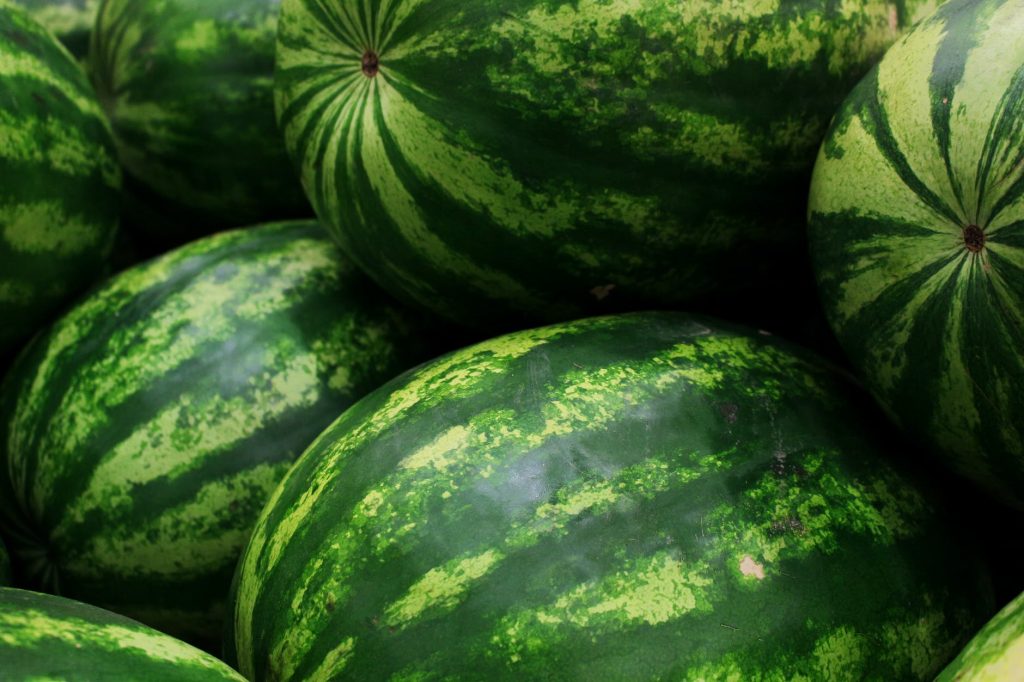
A Rainbow of Choices: Exploring Different Types of Watermelons
From the classic Crimson Sweet to the petite Sugar Baby, watermelons come in a delightful array of varieties. Some are round, others oblong; some boast deep red flesh, while others surprise with shades of yellow or orange. Each type offers a distinct flavor profile, ensuring that there’s a watermelon to suit every palate. The Moon and Stars variety is also known for its good flavor and sweetness.
Seeded vs. Seedless: The Great Debate
Seeded watermelons, with their glossy black seeds, evoke nostalgia for many. However, the convenience of seedless varieties, developed in the mid-20th century, has led to their widespread popularity. Both types have their loyal fans, each staunchly defending their preference in the great watermelon debate.
Unique Varieties: From Yellow Flesh to Mini Melons
Yellow-fleshed watermelons, such as the Sunshine and Yellow Doll, offer a surprising twist with their honey-sweet flavor. The early moonbeam watermelon, with its sweet, crisp yellow icebox melon and thin, light green rind, is another delightful option. Mini melons, like the aptly named Sugar Baby, are perfect for smaller households or those seeking a quick, single-serving treat. These unique varieties add an element of fun and diversity to the watermelon experience.
Watermelon Hybrids: Innovations in Cultivation
Advancements in agricultural science have led to the creation of hybrid watermelons, combining the best traits of different varieties. These hybrids often boast enhanced sweetness, improved disease resistance, and longer shelf life, making them a favorite among farmers and consumers alike.
Health Benefits and Culinary Uses
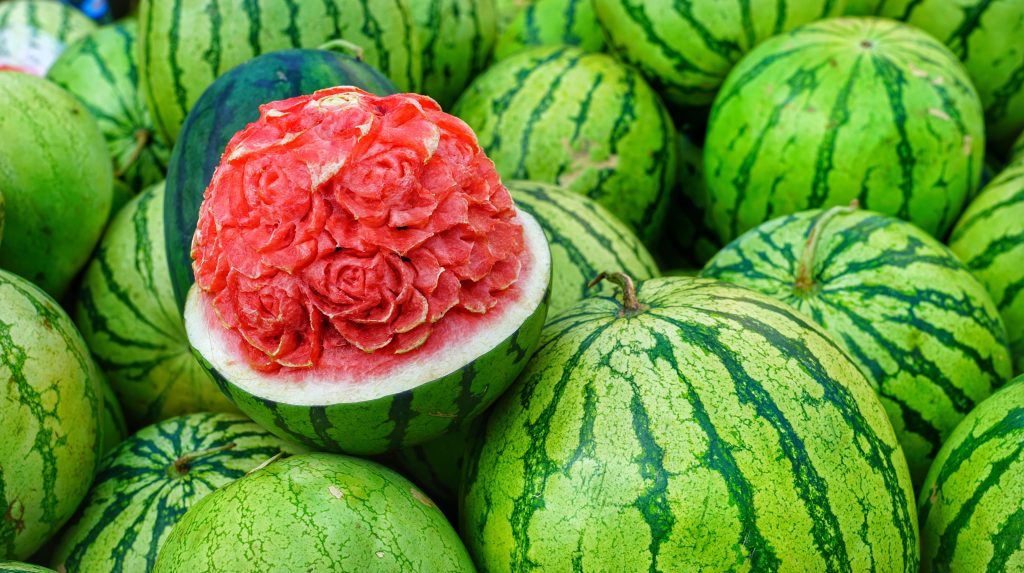
Nutritional Powerhouse: The Health Benefits of Watermelons
Watermelons are more than just a tasty treat; they are a nutritional powerhouse. Rich in vitamins A and C, antioxidants, and amino acids, they support overall health and wellness. Watermelon flesh is low in calories and has a high water content, making it an excellent choice for hydration and weight management. Lycopene, a potent antioxidant found in high concentrations in watermelons, has been linked to heart health and reduced inflammation.
The Journey from Field to Market

Cultivation Practices: Growing the Perfect Watermelon
Growing the perfect watermelon requires meticulous care and favorable conditions. Farmers prepare the soil with organic matter, ensuring it is well-drained and rich in nutrients. Implementing certain cultivation practices can lead to high yields, emphasizing the commercial value of watermelon production. Planting typically begins in spring, with seeds or seedlings placed in rows. Regular watering, coupled with plenty of sunshine, helps the vines thrive and produce healthy fruit.
Harvesting Techniques: Ensuring Quality and Freshness
Timing the harvest is crucial. Watermelons are hand-picked when they reach peak ripeness, determined by their size, color, and the dark green rind indicating ripeness and quality, along with the distinctive hollow sound they produce when tapped. Proper handling during harvest ensures that the fruit remains intact and retains its juiciness.
The Supply Chain: From Farms to Local Markets and Supermarkets
Once harvested, watermelons embark on a journey through a complex supply chain. Watermelons with a hard rind are easier to stack and ship, making them suitable for market gardeners. They are transported from fields to packing facilities, where they are sorted, graded, and packed for distribution. From there, they travel to local markets and supermarkets, ensuring that consumers worldwide can enjoy fresh, high-quality watermelons.
Exporting Watermelons: Global Trade and Market Dynamics
Watermelons are a significant export commodity for many countries. Leading exporters include China, Türkiye, and the United States, each contributing to the global supply. Export dynamics are influenced by factors such as climate conditions, trade policies, and market demand, highlighting the intricate balance required to maintain a steady flow of this beloved fruit.
The Value of Turkish Watermelons
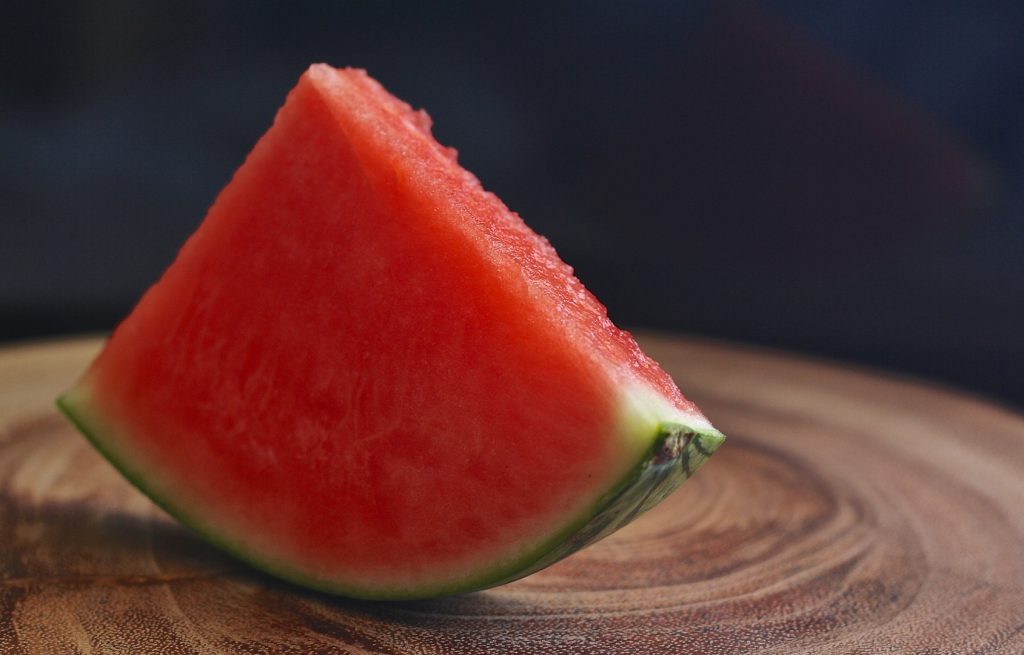
Türkiye’s Fertile Fields: Producing Premium Watermelons
Türkiye’s geographical location and favorable climate create ideal conditions for cultivating watermelons. The country’s fertile fields produce some of the world’s most succulent and flavorful watermelons, making Turkish watermelons a sought-after commodity in the global market.
High Export Volumes: Turkish Watermelons Around the World
Turkish watermelons are renowned for their high quality and are exported to numerous countries worldwide. The robust export industry not only supports local farmers but also positions Türkiye as a leading player in the global watermelon market. Turkish watermelons are celebrated for their sweetness and consistent quality, making them a preferred choice for international consumers.
Turkish Goods: The Premier Provider of Bulk Watermelons
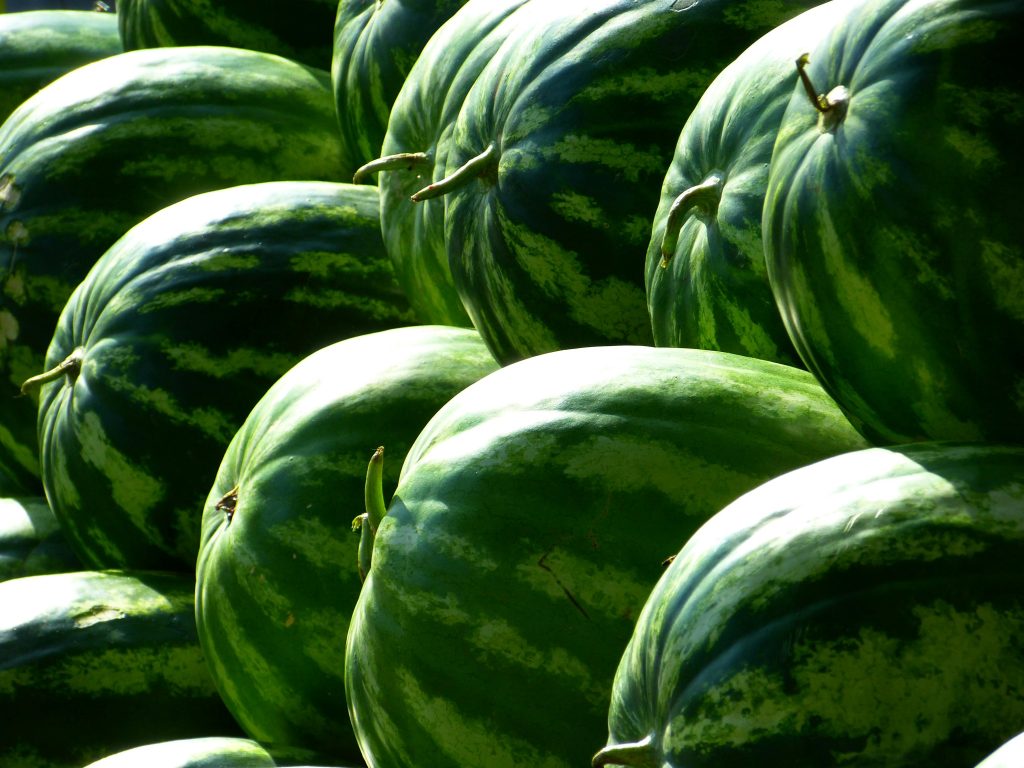
Delivering Quality and Freshness Worldwide
At Turkish Goods, we pride ourselves on offering the finest bulk watermelons to markets around the globe. Our watermelons, grown in Türkiye’s fertile fields, are renowned for their exceptional sweetness, juiciness, and consistent quality. By adhering to stringent cultivation and harvesting practices, we ensure that every watermelon we export meets the highest standards of freshness and flavor. Whether you are a wholesaler or retailer, Turkish Goods is your trusted partner for premium watermelons that delight consumers and elevate your market offerings.


